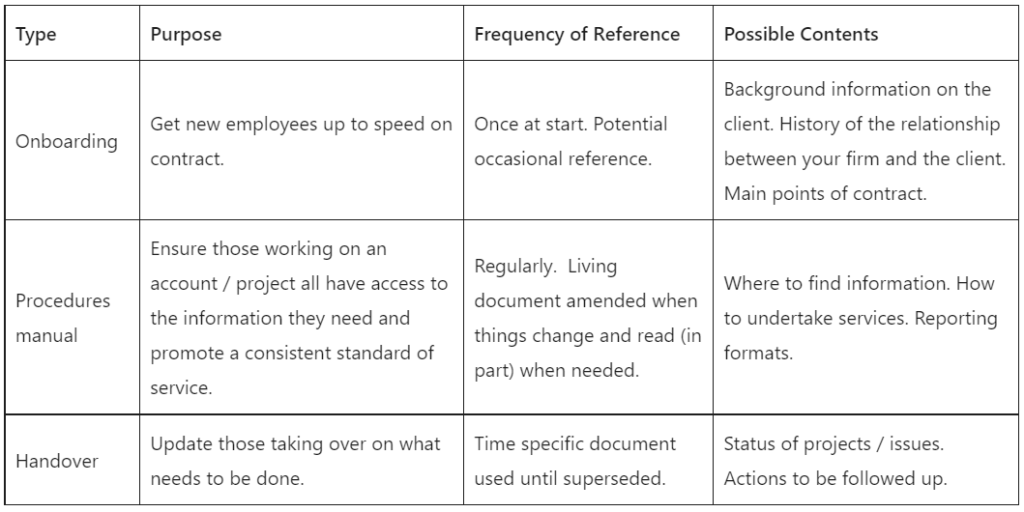Communicating purpose is powerful. The previous two blogs explored why in terms of speaking and meetings. Although broad, I want to touch on its importance in other situations too.
Understanding the purpose of an organisation – its reason for being – is vital for all activities being undertaken. It should be the very essence of the strategy for the organisation, whether that is a company, charity or voluntary organisation.
Why am I writing about this? Because purpose and communication are inherently connected. Communicating your purpose can be instrumental in building relationships and inspiring appropriate action. Understanding the purpose of something should influence the communication involved.
The power of purpose can go from a level of why a company does what it does, to a granular level of what is the purpose of a particular document. Let me illustrate how:
Strategic
Understanding why an organisation exists is fundamental to everything it does. Being clear on the why of an organisation enables those running it to set a strategy and action plan to achieve that strategy.
When considering any new activity that the organisation undertakes, hold it up to the strategy and ask: “Does this contribute to our strategy and help us fulfil our purpose?”. If yes, continue. If no, question why is it being done. Often the answer is probably somewhere in the middle. In that case, amend the activity to better meet the organisation’s strategic goals.
By way of example, say your company was set up to serve a particular sector (e.g. retail), type of client (e.g. public sector) or geography (e.g. the Midlands). Having this niche allows you to position yourselves as leading experts in this specific field. An opportunity arises to introduce a new service outside of your existing defined specialism (whether that be sector, client, geography or however your business is defined). Something that is potentially profitable, marketable and profile-raising for your business. But, it doesn’t fit into your established niche. You need to think very carefully about whether this new service suits the purpose, strategy and ethos of the company. Is the strategy to expand into new areas? Will this benefit your target clients? Could it dilute the focus and potentially established brand of your firm?
Asking “why are we doing this?” is a good place to start with introducing any new activity to an organisation. Make sure the answer is a compelling reason that fits with your vision / mission / strategy. Something that contributes to communication of your purpose.
Documents
At the other end of the spectrum, asking what is the purpose for every document may sound pedantic. However, it has the potential to make a big difference to how the document is created, perceived and used. We generally create documents to communicate something. Related to the overall purpose of the document, you can ask:
- Who is the audience?
- How are they going to use it?
- When are they going to use it?
For example, when you create a document for those working on a particular client account, you may put very different material into these types of documents:

Consider the purpose and therefore use of each document, so you can include only necessary, helpful information. This prevents wasted time (for those creating and reading the documents) and facilitates meaningful communication.
Conclusion
Purpose is powerful. Its power reduces if you don’t communicate that purpose. Identifying your purpose is something you could spend a lot of time working on. Sometimes that will be necessary, especially for big strategic issues. For more everyday issues like documents and one-off communications, you are probably not going to spend that much time thinking about it. But even spending ten minutes getting clear on the purpose of a individual activity can significantly impact how you then undertake it, communicate it and its resulting effectiveness.
The advice of this series of articles is perhaps some of the simplest yet often most challenging to implement:
- Find the purpose in whatever it is you are doing.
- Hold each component part or activity up to that purpose and ask whether it helps to fulfil that purpose.
- If not, seriously consider whether you should be doing it at all.
Image by Arek Socha from Pixabay